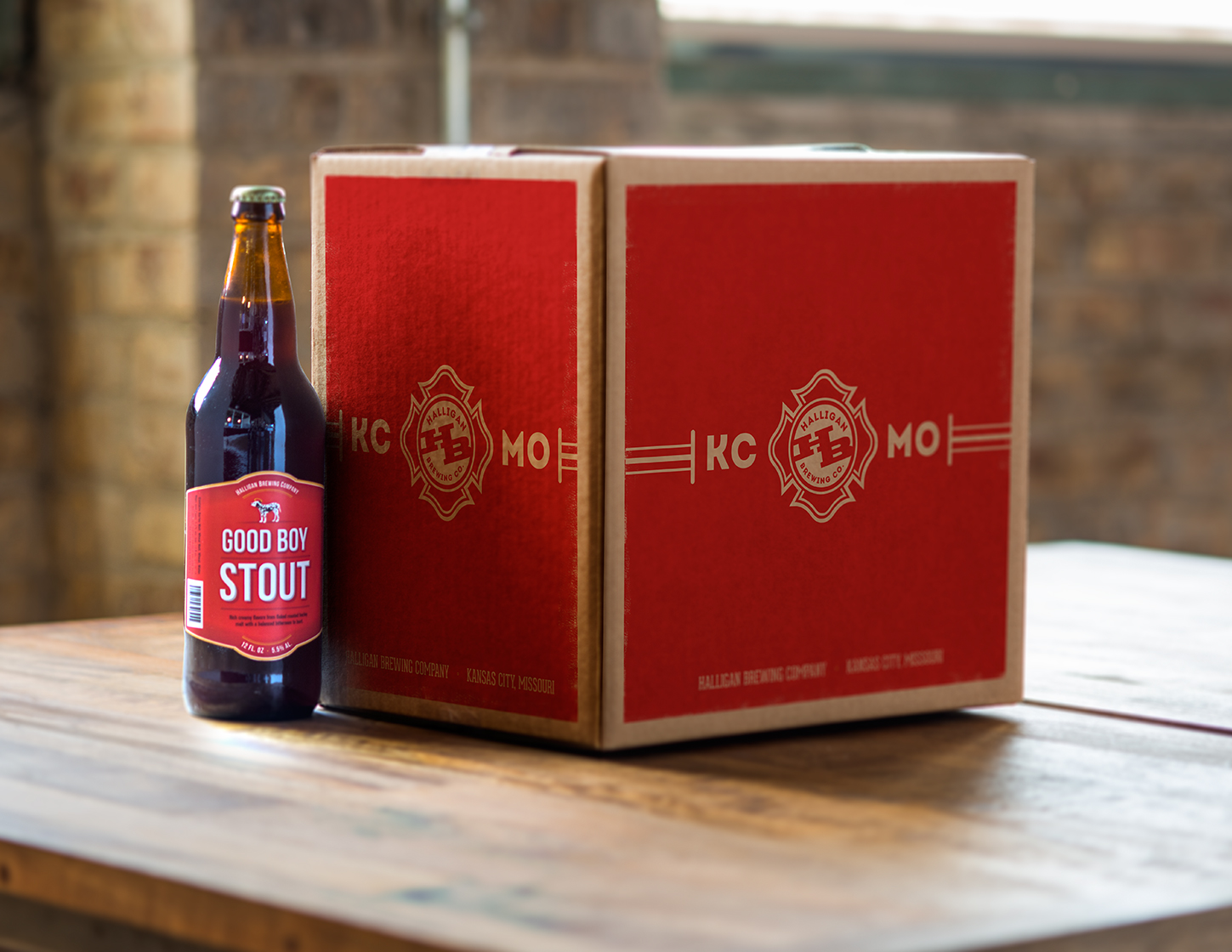
At Atlas, our customers fall along a wide spectrum of packaging experience. On one hand, there is a cellarmaster we work with who has spent more than a decade in the food packaging industry and could probably take apart and rebuild a bottling line blindfolded. On the other hand, we have talented brewers in our world who are GABF medal winners, but have absolutely no experience in packaging. Also we work with a number of folks who are at the very beginning stages of their planning process. Yesterday we helped a new customer who has been running a nano and selling beer by the glass with the most basic of questions, but also the hardest: “What do I need to know about packaging if I buy a 10 bbl system and start to bottle?”
Well, there’s a lot to learn, and naturally you can only give a few broad pointers in answer to a question like that. But among first choices you’ll make is the bottle style you’ll use, and that choice should be made carefully. The choice of style affects everything else: carriers, labels and mother cartons. In the process of our discussion, we took the picture below from the bottles we had lying around the office–mostly from a “research trip” to Chicago. It’s a crummy iPhone pic, but we’re sharing it on the blog to illustrate in one image five of the six basic bottle styles in common use in North America. All you experienced hands, please stand by while we review the basics.
- Farthest left is a Peace Tree Wrangler in a 12-ounce “Stubby” bottle. This used to be a common bottle; Robert remembers it growing up. Today it’s less common. Red Stripe and Original Coors are a couple of big brands that still use it, but we’d rather drink a Peace Tree. This particular Stubby is made by St Gobain, but similar bottles are available from other manufacturers. It’s a great, distinctive bottle to use, but if you’re a small brewer, you should be aware of one big drawback–the carrier has a longer production time and is a little more expensive than a carrier for a “Heritage” or “Long Neck” bottle.
- Next to it is a Kombucha Mama Chai in a 12-ounce “Heritage” bottle. Some container folks will also refer to this bottle as a “Shorty,” but don’t confuse it with a “Stubby.” This bottle is available in pry-off and twist-off versions and is used by a number of great breweries: Sierra Nevada, Summit, Mountaintown, Founders, Mothers and Boulevard. Kombucha Mama used it until they recently switched to a custom bottle as part of their “Humm” rebranding. Probably 15% of our business is with customers who run Heritage bottles. We are big fans of Heritage bottles, because they fit best in our hands and our beer fridges and they’re easy to distinguish form those big industrial beers that are almost all in long-neck. BTW, we didn’t get the Kombucha in Chicago; Humm is based in Portland, but they were kind enough to send us some samples last fall, and they were really good.
- In the middle is a Free State Maibock in the ubiquitous “Long Neck” bottle. Not much to say about it. It’s the easiest bottle to order, get six-pack carriers for, and make shelf space for. It’s also the most common, which makes it the most ordinary these days.
- On the inside right is a Revolution Coup d’Etat Saison in a 22-ounce “Bomber” bottle. Lots of people hate the descriptor “Bomber,” and hate the alternative “Deuce” even more. But I think we’re stuck with it. As with all bottles, there are some variations in the 22oz Bomber styles between O-I, Ardaugh and the other manufacturers, but they’re very minor and have to do with the neck shape.
- On the far right is a Ten-Ninety Imperial Porter in one of the several variance of the 750ml Belgian. The shapes of various Belgian bottles vary considerably in height and diameter, so we’d need more information about your specific bottle choice before we would be able to make the custom packaging for it.
Probably the one bottle that’s missing in the picture is the 500 ml / pint bottle. These aren’t seen on the shelves so much these days, and we don’t happen to have any in the office at the moment.
Each of the bottles above has advantages and disadvantages that extend beyond filling the bottle itself and extend into the labels, carriers and mother carton choices you’ll make, with your supply and ordering patterns with your glass manufacturer, and certainly with larger marketing issues. So if you’re still making a decision about your bottle, please give us a call and we’ll share what we can with you from our end. Make sure you also talk to distributors and retailers and get their perspectives as well.
Cheers!
